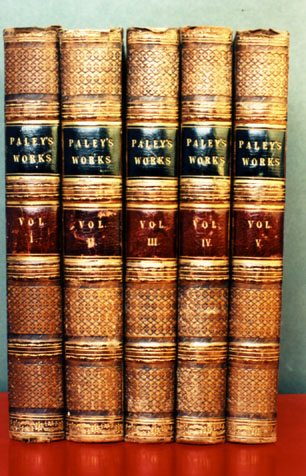
1971
ESPECIALLY FOR YOU * JERRY LEWIS * EXPLOSION 2043 * UK

A Lloyd Charmers, a.k.a. Lloyd Tyrell, production. Apart from producing Lloyd Charmers was also a member of The Charmers, The Uniques, The Hippy Boys, and Lloyd and The Lowbites. A parallel can be found in Jamaican recording and British cotemporary art, in that during the 1960s and 1970s many Jamaican recording artists also produced and released other artists material prime examples being: Prince Buster, Lee Perry and Derrick Harriott. There were, during the 1980s and 1990s, many practicing contemporary British artists 'curating' shows of other artists as part of their practice. As far as the Jamaican music industry is concerned, due in part to the increased availability of the technology, but also in the unburdened, open and anarchistic mindset of those artists, who in a sense either didn't know that they couldn't, or 'shouldn't' do both things, or did 'know' and rebelled against the imposition. The convergence of what was seen as very separate and delineated practices, is with the artist as curator in England, a somewhat later development. Historicaly, as with the Impressionists, Dada, or Surrealists, who organized some of their own shows, it was more of a collective enterprise which had little to do with the artists practice in any integral terms except as a means of promoting their work (this is true of the legendry Frieze show by Goldsmiths students). It wasn't until the late 1960s that the term 'curator' began to be used in the context it is used today, a curator was previously understood as the officer in charge of a museum, library, etc; a keeper or custodian. When, in 1969, Harald Szeemann and Seth Siegelaub organized the show When Attitudes Become Form the 'curator' as auteur was formalized. By the late 1980s, when the inevitable 'trickle down effect' of the precepts of conceptual art became part of the cognitive framework of many of those associated with the art industry, and abolished the rigid, restrictive and hegemonic boundaries of art practice, with every one in their place and a place for everyone, a mind-set that itself was part of a self-policing and unjust social system. Another consequence of this shift was that the materials of the artist, which in the old system would have been: paint, ink, stone, wood, etc, had now become all that was associated with art: the gallery, art criticism, other artists, their work, etc. Also British gallery owners/curators like: Nicolas Logsdale and the Lisson gallery, Maureen Paley at Interim, and latter, Jay Jopling at White Cube, could be seen as mirror image of the other type of Jamaican producer and curator, this time as non-artist, yet who's practice, as it were, is seen as having more status than the individual works under their aegis, as in Clement 'Coxsone' Dodd at Studio 1, Arthur 'Duke' Reid at Treasure Isle, and later Jo Jo Hookim at Channel One.

An art work from the mid 1990s positioning the curator as auteur, and, more importantly, as a signifier giving value and position to an assortment of individual works. On inspection the books would reveal a random but chronological selection of reproductions, or 'original' art works on their pages by the artists who were represented by Maureen Paley/Interim.